Blog
Jewellok is a professional pressure regulator and valve manufacturer and supplier.
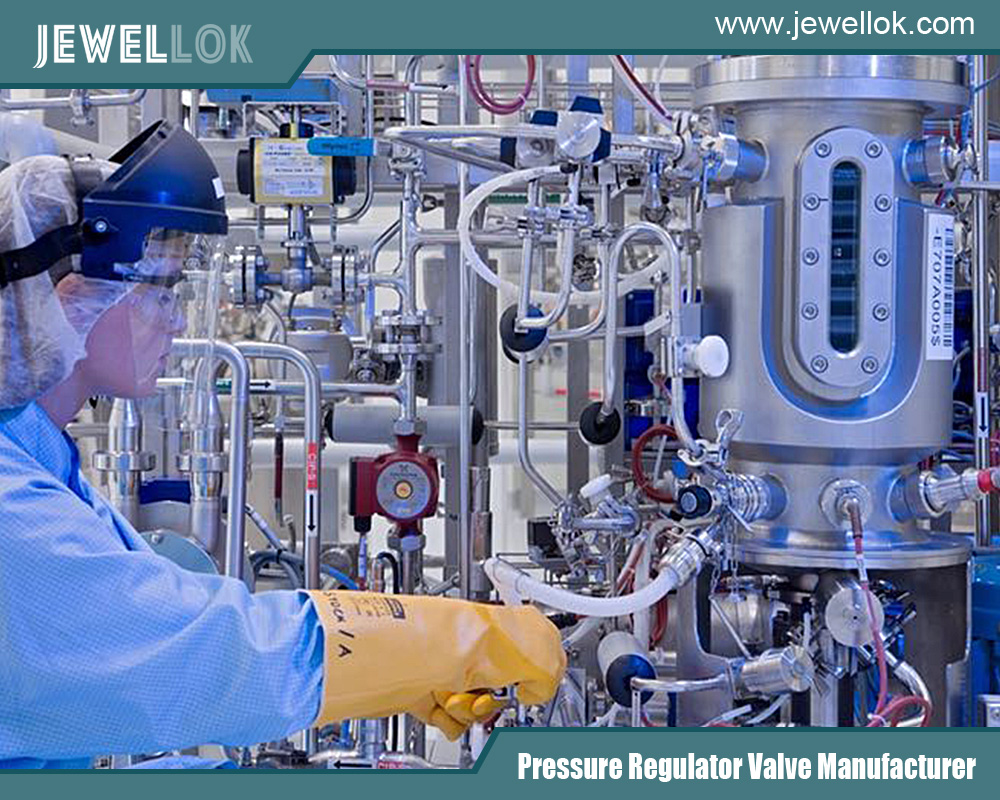
Comprehensive Guide To Pressure Regulator Curves For Nitrogen And Hydrogen Applications
- Pressure Regulator Valve Manufacturer
- China Pressure Regulator Manufacturers, China Single stage pressure regulator Manufacturers, Control Pressure Valve Manufacturers, Control Valves and Pressure Regulators Manufacturer, How to Read a Regulator Flow Curve, How to Use a Pressure Regulator Flow Chart, oil and gas valves suppliers in uae, pressure control valve manufacturers in india, pressure control valve suppliers in uae, Pressure Regulating and Back Pressure Valves, pressure regulating valve manufacturers in india, pressure regulating valve supplier in uae, pressure regulator curve for nitrogen to hydrogen, Pressure Regulator Flow Curves, Pressure regulator manufacturers, Pressure regulator manufacturers in china, pressure regulator valve manufacturers, Pressure regulator valve manufacturers in usa
- No Comments
Comprehensive Guide To Pressure Regulator Curves For Nitrogen And Hydrogen Applications
In industrial, scientific, and manufacturing settings, nitrogen (N₂) and hydrogen (H₂) are essential for various processes, from inert atmospheres and cooling to synthesis and fuel applications. The safe and effective handling of these gases depends largely on precise pressure regulation. For those working with nitrogen and hydrogen, understanding the pressure regulator curve is crucial for maintaining stability, safety, and efficiency in gas distribution systems.
A pressure regulator curve represents how a regulator responds to different pressures and flow rates. By analyzing the curve, users can gain insights into how the regulator will perform under specific conditions, anticipate potential performance issues, and select the correct regulator for their needs. This guide explores the unique characteristics of nitrogen and hydrogen pressure regulation, explains the components of a pressure regulator curve, and discusses key considerations for each gas type.

The Basics of Pressure Regulators and Their Curves
A pressure regulator is a control device that reduces high-pressure gas from a source to a usable lower level, maintaining a stable output despite variations in the input pressure. Regulators are critical in ensuring safe operation, especially with reactive gases like hydrogen, where accurate pressure control is essential to avoid leaks and hazards.
Core Components of Pressure Regulators:
- Inlet and Outlet Ports: The inlet and outlet ports are channels where gas enters from the high-pressure source and exits at a reduced pressure.
- Diaphragm and Valve Assembly: A flexible membrane and valve that work in tandem to adjust gas flow and maintain target pressure.
- Control Spring: Adjusts pressure and balances the diaphragm to sustain the desired outlet pressure.
Why Pressure Regulator Curves Are Essential
Pressure regulator curves visualize performance parameters such as:
- Outlet Pressure vs. Flow Rate: This reveals how pressure is maintained as the flow rate changes.
- Droop and Lockup: Describes changes in outlet pressure concerning varying conditions.
- Supply Pressure Effect (SPE): This effect reflects how shifts in inlet pressure affect the output, which is crucial in systems with fluctuating supply pressures.
Analyzing Pressure Regulator Curves for Optimal Performance
Pressure regulator curves help identify critical performance characteristics that indicate how a regulator behaves under specific conditions. Key elements to analyze include:
- Set Pressure: The regulator is designed to maintain the pre-defined outlet pressure.
- Droop: A drop in outlet pressure as the flow rate increases. Minimal droop is preferred for applications requiring constant pressure.
- Lockup: An increase in outlet pressure when the flow stops, often due to system dynamics or high supply pressures.
- Supply Pressure Effect (SPE): The degree to which variations in inlet pressure affect the outlet pressure. A high SPE indicates a more sensitive system.
Differences in Pressure Regulation for Nitrogen vs. Hydrogen
Nitrogen and hydrogen possess unique properties that affect how regulators must manage them.
Physical and Chemical Differences:
- Molecular Size and Density: Hydrogen’s smaller molecular size and lower density allow it to leak more readily than nitrogen, requiring robust sealing.
- Reactivity: Hydrogen is highly flammable, while nitrogen is inert. As such, hydrogen regulators often include additional safety features.
- Flow Rates and Pressure Requirements: Hydrogen typically demands higher flow rates and specific regulator materials to prevent permeability and leaks due to its lightweight nature.
Choosing the Right Regulator for Each Gas:
- Nitrogen Regulators: Aim for low droop and stable supply pressure effects, ensuring consistent delivery.
- Hydrogen Regulators: Require high leak prevention, materials resistant to hydrogen embrittlement, and safety features to manage flammability.
Pressure Regulator Curve Interpretation for Nitrogen Systems
The regulator’s ability to maintain stability despite flow rate changes is essential when working with nitrogen. Consistency is critical in applications like manufacturing or inert environments.
Critical Considerations for Nitrogen Regulator Curves:
- Minimal Droop: Maintaining a stable pressure with varying demand is critical, especially in applications where constant pressure is necessary.
- Low Lockup Pressure: Reduces risks of pressure surges that may affect sensitive equipment.
- Effective SPE Management: A low SPE helps ensure that minor fluctuations in inlet pressure do not impact the regulated outlet pressure.
For instance, nitrogen purging systems require a stable supply to efficiently displace reactive gases and contaminants. Choosing a regulator with a minimal SPE and droop factor ensures an uninterrupted nitrogen flow.
Pressure Regulator Curve Interpretation for Hydrogen Systems
Hydrogen presents unique challenges due to its reactivity, low molecular weight, and high diffusivity. Special considerations include material compatibility and high flow rates.
Critical Considerations for Hydrogen Regulator Curves:
- Enhanced Leak Prevention: Due to its small molecular size, hydrogen can permeate certain materials. Regulators must be made from stainless steel or polymers with low hydrogen permeability.
- Pressure Stability at High Flow Rates: Hydrogen systems may require regulators that can handle higher flow rates without significant droop.
- Additional Safety Margins: For flammable gases like hydrogen, choosing a regulator with low lockup pressure and controlled SPE is critical for safety.
These factors are crucial in hydrogen fuel cells or synthesis processes to avoid leakage or pressure spikes, which could lead to combustion hazards.
Practical Applications and Scenarios
Nitrogen and hydrogen are used under very different conditions in various applications. Let’s explore how regulator curves apply in everyday use cases for each gas.
Nitrogen Applications:
- Inert Gas Purging: Ensures removal of reactive gases from systems, requiring steady nitrogen flow and minimal droop.
- Cooling Systems: Nitrogen regulators provide precise pressure to control temperature, especially in industrial cooling circuits.
Hydrogen Applications:
- Fuel Cells: Require a constant hydrogen flow with low-pressure drop and leak prevention.
- Chemical Synthesis: Hydrogen regulators maintain consistent flow at high pressures in ammonia production to ensure efficient reactions.
Selecting the Right Regulator for Specific Needs
When choosing a regulator, consider these factors:
- Required Pressure Range: Ensure the regulator’s set pressure aligns with the application.
- Material Compatibility: Select materials that prevent leakage and handle reactivity for hydrogen.
- Maintenance and Calibration Needs: Regular checks are essential, especially for hydrogen systems with high leak risks.

Conclusion
A thorough understanding of pressure regulator curves for nitrogen and hydrogen is essential for ensuring stable, safe, and efficient operations in various industries. Each gas has unique properties that require specific regulator characteristics, from droop and lockup control to material compatibility. Operators can optimize system performance, maintain safety, and extend equipment lifespan by choosing the proper regulator and carefully interpreting its curve.
For more about comprehensive guide to pressure regulator curves for nitrogen and hydrogen applications, you can pay a visit to Jewellok at https://www.jewellok.com/ for more info.
Recent Posts
Tags
Recommended Products
-
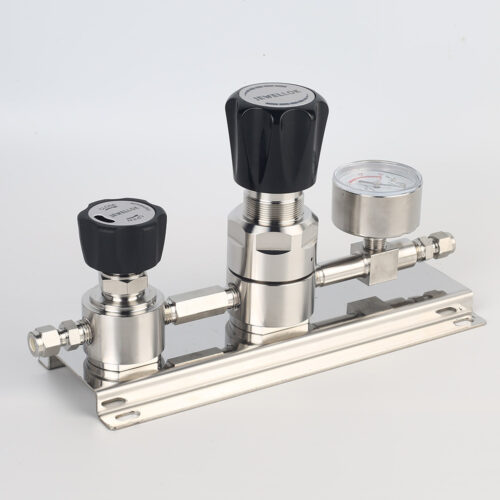
High Purity High Flow Pressure Control Regulators & Valves Gas Stick Assemblies JSR-2TG Series
-
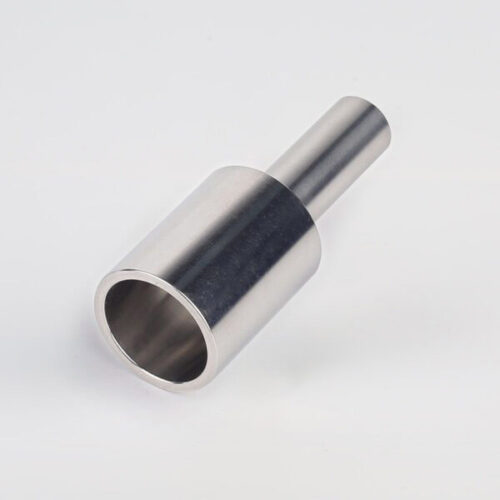
316L Stainless Steel Tube Butt Weld Reducing Fittings Union Reducer RW Series Ultrahigh Purity Process
-
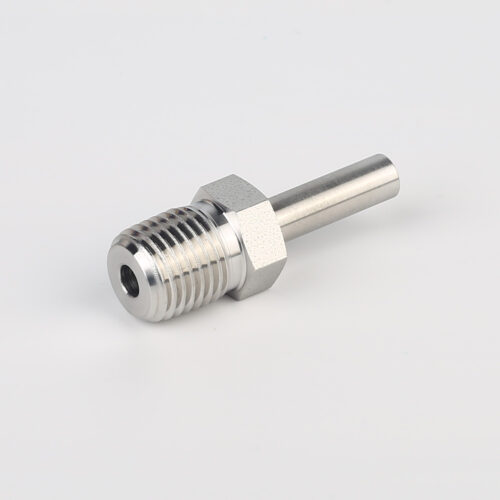
739 High Purity LMR Male Adapter Tube To Pipe Fittings And Adapters
-
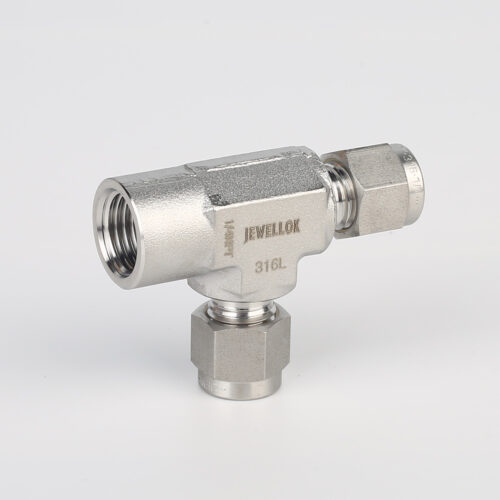
771LF Female Run Tee | Stainless Steel Tube Fitting Compression Fittings 1/4 In 3-Way Tee Female Run Tee
-
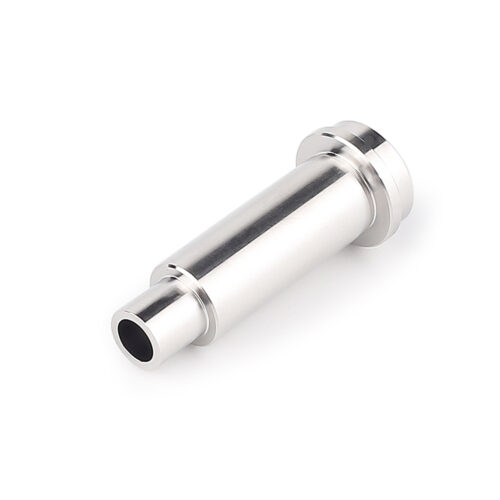
UHP Metal Gasket Face Seal Fittings Vacuum Coupling Metal Face Seal Join Long Gland And Short Gland
-
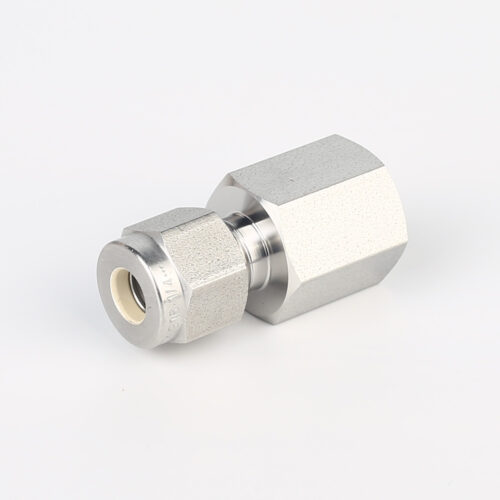
766L High Purity Female Connector UHP Fitting Female Connector
-
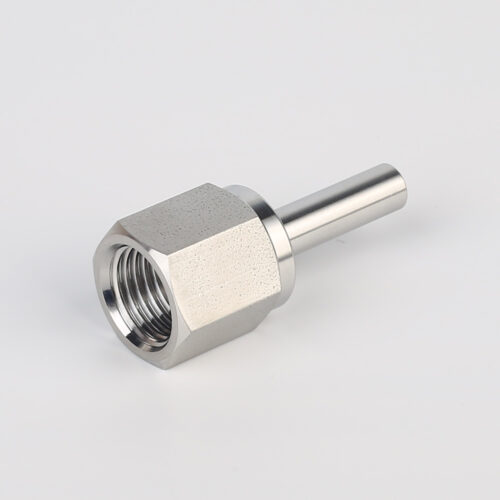
739LF High Purity Female Adapter Tube To Pipe Fittings And Connectors
-
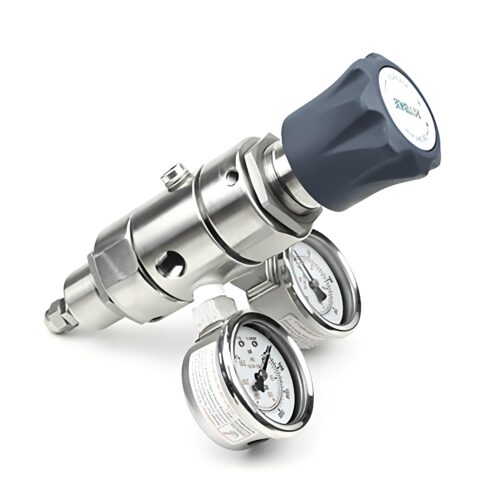
DPR1 Ultra High Purity Two Stage Dual Stage Pressure Reducing Regulator Semiconductor Grade Regulators